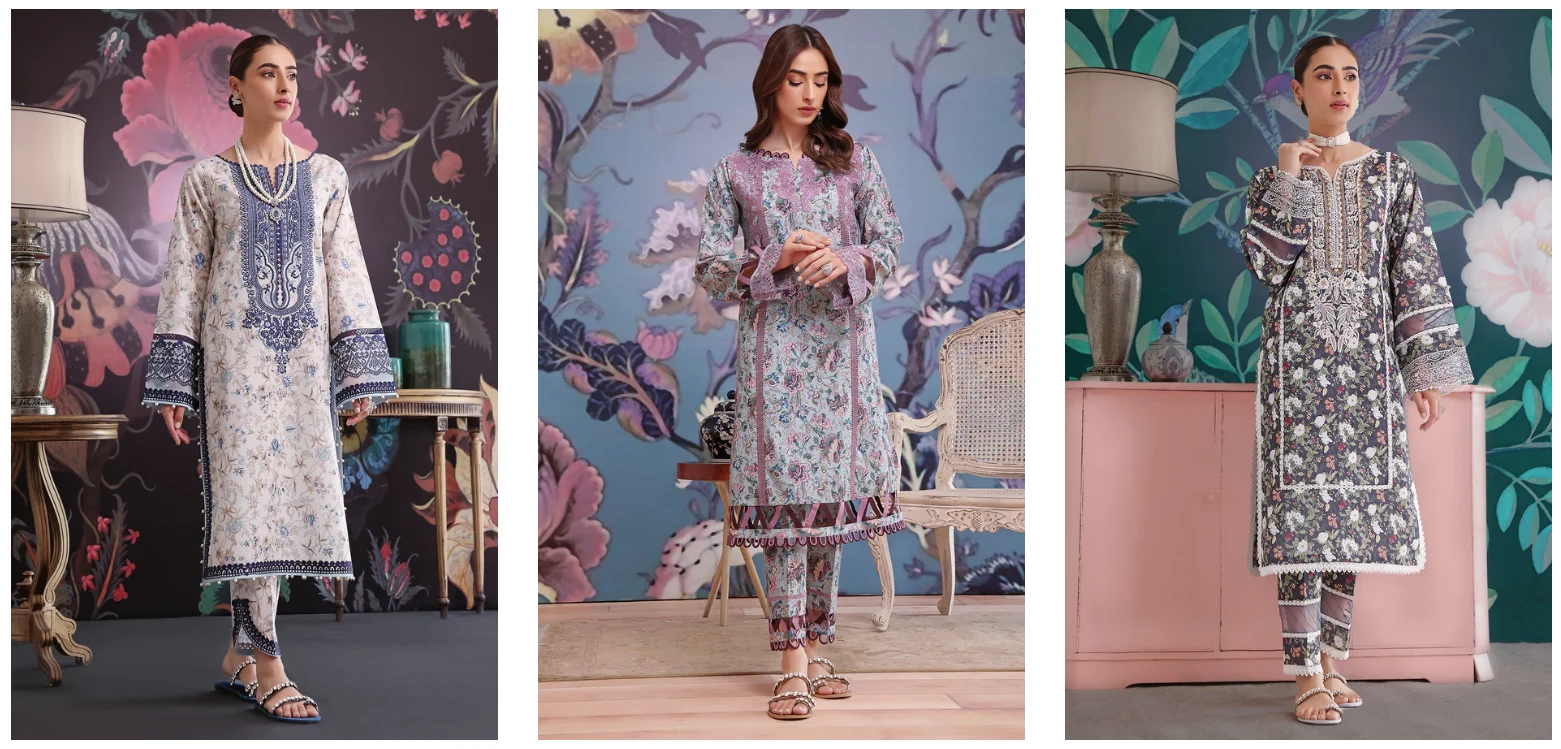The Pakistani suit, also known as the shalwar kameez, has become a staple in the wardrobes of many British South Asian women. In this article, we’ll delve into the history and evolution of this versatile outfit and its rise to popularity in the United Kingdom.
Origins of the Pakistani Suit
The origins of the shalwar kameez can be traced back to the Mughal Empire in the 16th century, where it was worn by both men and women. The outfit consists of loose pants (shalwar) and a long tunic (kameez) and was designed to provide comfort and ease of movement during hot and humid weather. Over time, the shalwar kameez has become a symbol of cultural identity for South Asians, particularly in Pakistan.
Arrival in the UK
The first wave of South Asian immigrants to the UK arrived in the 1940s and 1950s. They brought with them their traditional clothing, including the shalwar kameez, which quickly became a staple of their daily attire. The outfit proved to be popular not just among the South Asian community but also among the wider British public, who admired its beauty and versatility.
Evolution of Pakistani Suits in the UK
As the popularity of the shalwar kameez grew, so too did the demand for new and innovative designs. Over time, the simple and traditional style evolved into more modern and fashionable variations, incorporating intricate embroidery, beading, and embellishments.
In the 1980s and 1990s, British South Asian fashion designers began to emerge, bringing with them a new perspective on the shalwar kameez. They experimented with different cuts, styles, and fabrics, incorporating Western influences and creating outfits that were both traditional and contemporary. This was a turning point in the evolution of the Pakistani suits UK, as it moved from being a simple and functional garment to a fashionable and stylish item of clothing.
Rise to Popularity
Today, the Pakistani suit is widely popular in the UK and is considered a must-have item in the wardrobes of many British South Asian women. It is worn on special occasions such as weddings and religious festivals, as well as for everyday wear. The outfit has also gained popularity among non-South Asian women, who admire its versatility, comfort, and elegance.
The growth of the South Asian fashion industry in the UK has played a significant role in the rise of the Pakistani suit. With the availability of high-quality fabrics and expert craftsmanship, the outfit has become more accessible to a wider audience. Additionally, the rise of online shopping and the increasing popularity of ethnic wear in the fashion industry have also contributed to its popularity.
Conclusion
The shalwar kameez has come a long way since its origins in the Mughal Empire. Today, the Pakistani suit is a popular and fashionable item of clothing in the UK, enjoyed by women of all backgrounds. Its evolution is a testament to the versatility and adaptability of traditional South Asian clothing, and its continued popularity is a reflection of its timeless beauty and elegance.











Leave a Review